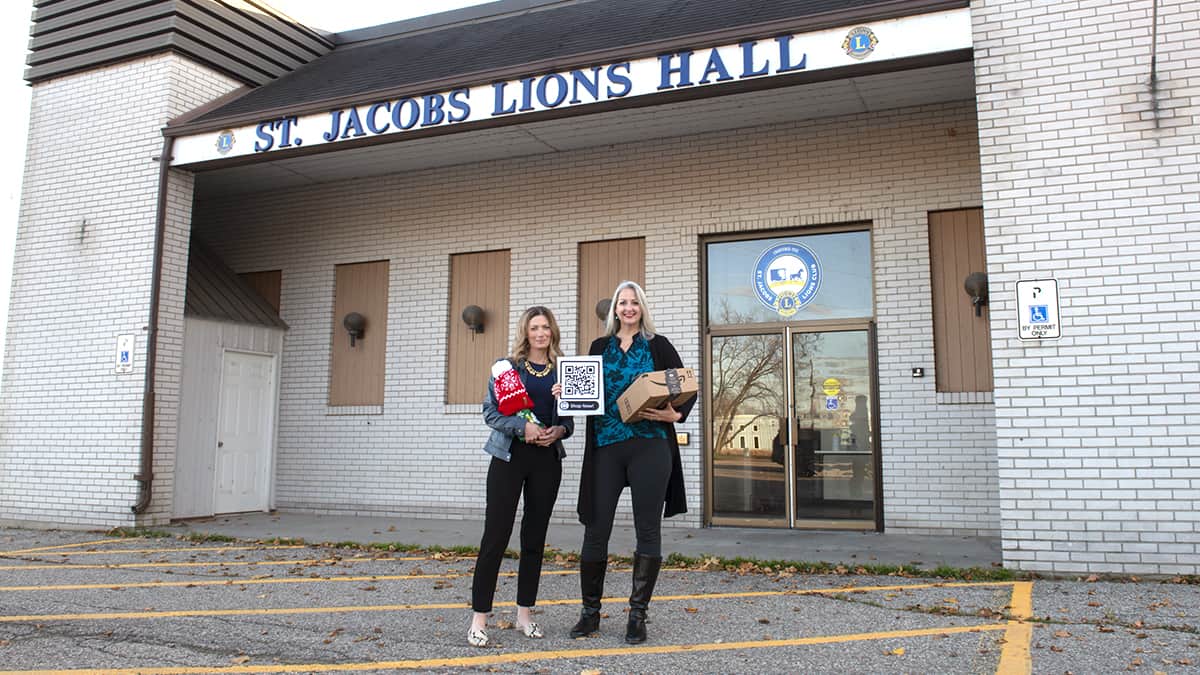The appeals period having passed, the operators of the bio-energy plant in Elmira are waiting on final clearances from the province to begin implementing some changes that include the production of more renewable natural gas.
The potential for increased truck traffic appears to be the biggest concern, pointed to by a residents’ group monitoring the plant and by comments posted on the Environmental Registry of Ontario.
“The biggest complaint is doubling the truck traffic. The number of trucks is troubling,” said Dan Holt a nearby resident and member of Elmira Bio Fuel Citizen’s Committee.
The amendments approved by the Ministry of the Environment, Conservation and Parks (MoE) do include increasing the number of truck movements to 160 from 80 per day, but the actual numbers will continue to be fairly low, says the president of the Woolwich Bio-En Inc.
“Most people are not going to notice much of a difference,” said Chuck Martin, noting the facility currently sees about 11 trucks per day, with another two or three expected with the increased capacity for materials to be allowed by the ministry.
While there are a number of trucks passing through Elmira, most are not related to the biogas plant, he said.
“We’re a very, very small percentage of the truck traffic,” said Martin, adding the plant is the only one with restrictions on traffic volumes despite larger trucking operations in the area.
The ministry’s assessment of truck traffic found no issues with the expanded numbers.
“A Ministry of the Environment, Conservation and Parks senior noise engineer has reviewed the Acoustic Assessment Report provided by the applicant. The senior noise engineer has confirmed that the facility will meet the noise standards for anaerobic digestion facilities,” reads the government response to concerns raised on the Environmental Registry of Ontario. “As part of the renewable energy approval, there is a condition which limits the number of trucks allowed entering and exiting the facility during specified time periods. The condition requires the company to ensure that there are no more than twenty truck movements per hour (i.e., ten trucks entering and exiting), at the facility at any time between 7 a.m. and 7 p.m.”
Martin said he hasn’t been notified of any appeals launched following the MoE’s October 21 decision, with the company now awaiting final clearance for the changes to take effect.
Along with the trucking numbers, the amendment includes increasing the amount of materials that can be processed to 110,000 tonnes per year from 70,000. There’s also a greater range of materials, including livestock manure and kitchen waste, that can be used to fuel the plant that turns organic waste into electricity. There will also be improvements to the site’s odour-collection system.
The expansion will help ensure the facility doesn’t run short of source material, as has happened on occasion, at times limiting the plant’s output to 80 per cent of its potential, said Martin.
“It’s about keeping us full and flexible in the short term, with more options in the future.”
The anaerobic digestion facility generates 2.85 megawatts of electricity and 3.02 megawatts of heat from the biogas produced from a variety of organic materials. The electricity generated is passed into the electrical grid under a Ontario Power Authority’s alternative energy Feed-in Tariff (FiT) program.
That FiT contract runs for another 13 or 14 years, with the recent changes made with an eye towards longer-term operations, said Martin.
“It’s really about giving us options when the FiT contract runs out,” he said. “What does it mean in the near term? Not much.”
Residents will be watching to see what happens, however, with Holt pointing to the potential for more odours with addition of manure into the mix.
“It’s not just the trucks, but what they’re hauling,” he said, noting the general increase in truck traffic underscores the need for a bypass route around downtown Elmira.
Woolwich officials have spent years pushing for such a route, which would have to be spearheaded by the Region of Waterloo as Arthur Street is a regional road. The most prominent plan calls for a route running east of Arthur Street, branching off of the main road at Union Street at the south end and rejoining the road to the north in the vicinity of Kenning Place, perhaps as part of a future expansion of the north-side industrial lands.









